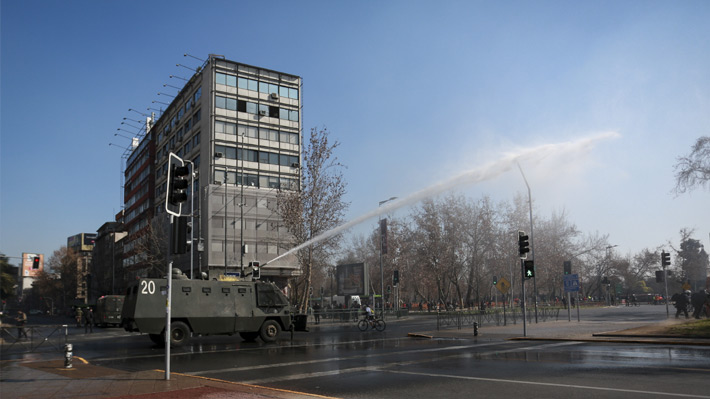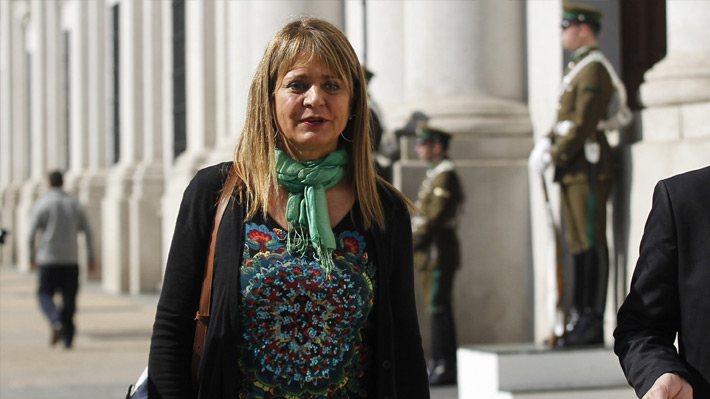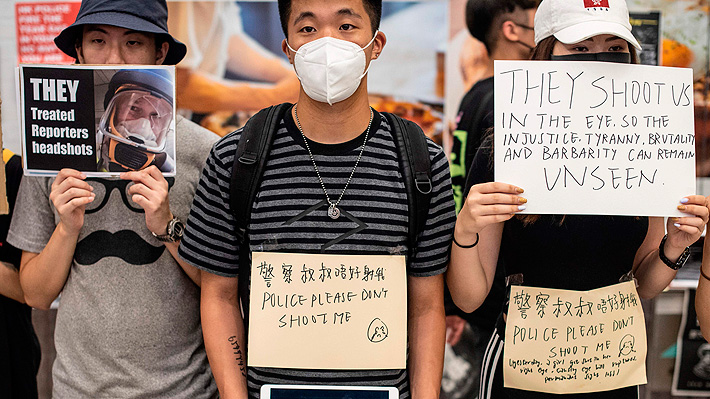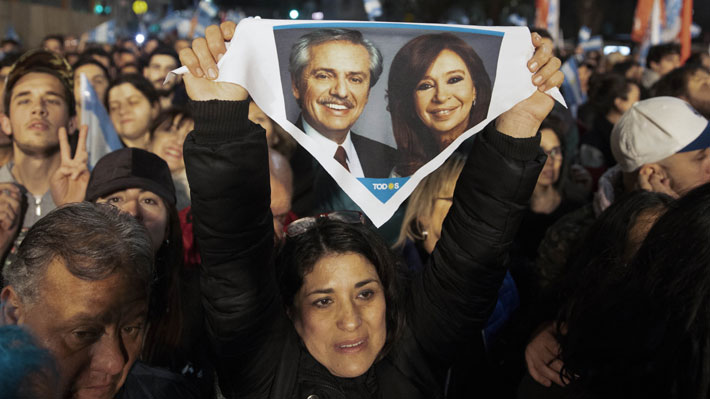/https://www.thestar.com/content/dam/thestar/politics/federal/2019/08/25/new-book-assesses-trudeau-governments-record-of-living-up-to-pledges/trudeau.jpg)
OTTAWA—A new book arriving on the eve of the federal election campaign is offering policy geeks a comprehensive take on whether Justin Trudeau lived up to his 2015 vows.
At the heart of the 237-page publication — the product of work from two dozen Canadian academics — is an analysis of 353 Liberal pre-election promises and an evaluation of how many have actually been fulfilled since Trudeau’s team took office.
At the heart of the 237-page publication — the product of work from two dozen Canadian academics — is an analysis of 353 Liberal pre-election promises and an evaluation of how many have actually been fulfilled since Trudeau’s team took office.
/https://www.thestar.com/content/dam/thestar/politics/federal/2019/08/25/new-book-assesses-trudeau-governments-record-of-living-up-to-pledges/trudeau.jpg)
/https://www.thestar.com/content/dam/thestar/politics/federal/2019/08/25/new-book-assesses-trudeau-governments-record-of-living-up-to-pledges/trudeau.jpg)
/https://www.thestar.com/content/dam/thestar/politics/federal/2019/08/25/new-book-assesses-trudeau-governments-record-of-living-up-to-pledges/trudeau.jpg)
/https://www.thestar.com/content/dam/thestar/politics/federal/2019/08/25/new-book-assesses-trudeau-governments-record-of-living-up-to-pledges/trudeau.jpg)
/https://www.thestar.com/content/dam/thestar/politics/federal/2019/08/25/new-book-assesses-trudeau-governments-record-of-living-up-to-pledges/trudeau.jpg)
In short, the experts found that by March of this year Trudeau’s government had entirely followed through on about 50 per cent of its pledges, partially delivered on about 40 per cent and had broken roughly 10 per cent.
The authors say the book — which also features a deep plunge into the weeds of about a dozen key policy areas — will not only interest wonks, like scholars and journalists, but can serve as a primer for all voters ahead of October’s election.
“In an era of ‘fake news,’ negative advertising campaigns and conventional and social media overload, voters face a daunting challenge in providing a neutral and objective assessment of the past four years under the Liberal government,” they write in the book, published by les Presses de l’Universite Laval.
The authors say the book — which also features a deep plunge into the weeds of about a dozen key policy areas — will not only interest wonks, like scholars and journalists, but can serve as a primer for all voters ahead of October’s election.
“In an era of ‘fake news,’ negative advertising campaigns and conventional and social media overload, voters face a daunting challenge in providing a neutral and objective assessment of the past four years under the Liberal government,” they write in the book, published by les Presses de l’Universite Laval.
Article Continued Below
“This book provides them with tools based on real facts to enlighten their evaluation of Justin Trudeau’s government’s record.”
The English edition, titled Assessing Justin Trudeau’s Liberal Government, is scheduled for release Monday. The authors say their mission was to create a non-partisan, transparent source of information about pledge fulfilment.
For those looking to keep score, the book also provides a historical dimension. Researchers have retroactively examined pledge fulfilment by federal governments dating back to Brian Mulroney’s first majority mandate in 1984.
The English edition, titled Assessing Justin Trudeau’s Liberal Government, is scheduled for release Monday. The authors say their mission was to create a non-partisan, transparent source of information about pledge fulfilment.
For those looking to keep score, the book also provides a historical dimension. Researchers have retroactively examined pledge fulfilment by federal governments dating back to Brian Mulroney’s first majority mandate in 1984.
The Trudeau government’s result is based on a platform-monitoring tool called the “Polimetre,” which is managed by Universite Laval’s Centre for Public Policy Analysis.
You might be interested in
The gauge’s latest reading — updated since March — shows the Liberals have entirely fulfilled 53.5 per cent of their 2015 vows, partially lived up to 38.5 per cent and broken 8 per cent.
The researchers also created a Polimetre for Stephen Harper’s last majority government that stretched from 2011 to 2015. The Harper government, they found, completely met 77 per cent of its election pledges, delivered in part on 7 per cent and broke 16 per cent of their promises.
The Harper Polimetre was the group’s first at the federal level — and the Trudeau version was the first to be made into a book.
The Harper Polimetre was the group’s first at the federal level — and the Trudeau version was the first to be made into a book.
Article Continued Below
There are two ways to draw a conclusion on Trudeau and Harper’s promise-keeping records, said book co-editor Francois Petry, a political science professor from Universite Laval.
One is to combine pledges fully met with those partially kept — which gives Trudeau a score of 92 per cent and 85 per cent for the final four years of Harper’s run. Or, Petry said, one can simply compare vows fully realized — Trudeau gets 53.5 per cent and Harper 77 per cent.
One is to combine pledges fully met with those partially kept — which gives Trudeau a score of 92 per cent and 85 per cent for the final four years of Harper’s run. Or, Petry said, one can simply compare vows fully realized — Trudeau gets 53.5 per cent and Harper 77 per cent.
However, not all pledges are created equally, he noted.
Trudeau entered the 2015 campaign having made a lot of “transformative” promises, he said, in part because the Liberals wrote their more ambitious pledges while they were a third-place party.
In contrast, Harper made a lot of “transactional” promises, which Petry described as those targeted at sub-populations like parents, for instance.
Trudeau entered the 2015 campaign having made a lot of “transformative” promises, he said, in part because the Liberals wrote their more ambitious pledges while they were a third-place party.
In contrast, Harper made a lot of “transactional” promises, which Petry described as those targeted at sub-populations like parents, for instance.
The writers also stress that efforts by all governments to deliver on promises often converge with conditions outside their control. Circumstances could include the fulfilment-hampering effects of an economic downturn or a boost from strong growth, which the Liberals have seen in recent years.
In the end, however, the researchers found the Trudeau and the last Harper government had the highest rates of follow-through on their campaign promises of any Canadian government over the last 35 years.
Overall, governments in Canada have good records when it comes to keeping promises, Petry said. Polls, on the other hand, have long shown that most Canadians think politicians are liars, even though voters have generally done a poor job keeping tabs on party pledges.
“There is a sort of negative bias in the Canadian population,” said Petry, who co-edited the book with Centre for Public Policy Analysis executive director Lisa Birch.
“We are trying, therefore, to sort of change the view of the public on this particular topic.”
The book also explores the effectiveness of Liberal policies and decisions over the last four years in a range of areas — from the party’s vows to support the middle class, address climate change and deliver on electoral reform.
For example, the research notes how the Trudeau government abandoned its 2015 campaign vow to run annual deficits of no more than $10 billion and to balance the books by 2019.
It also noted how the Liberals broke their promises to introduce legislation on electoral reform within 18 months of forming government and to end the first-past-the-post voting system.
Asked about potential criticism of the research, Petry said the authors make no claims their method is foolproof, nor do they argue the results are as airtight as a controlled lab experiment.
He said the Polimetre has been applied to recent provincial governments in Quebec. The group, Petry added, is considering a project that will scrutinize the pledges of Ontario’s Doug Ford government.
In the end, however, the researchers found the Trudeau and the last Harper government had the highest rates of follow-through on their campaign promises of any Canadian government over the last 35 years.
Overall, governments in Canada have good records when it comes to keeping promises, Petry said. Polls, on the other hand, have long shown that most Canadians think politicians are liars, even though voters have generally done a poor job keeping tabs on party pledges.
“There is a sort of negative bias in the Canadian population,” said Petry, who co-edited the book with Centre for Public Policy Analysis executive director Lisa Birch.
“We are trying, therefore, to sort of change the view of the public on this particular topic.”
The book also explores the effectiveness of Liberal policies and decisions over the last four years in a range of areas — from the party’s vows to support the middle class, address climate change and deliver on electoral reform.
For example, the research notes how the Trudeau government abandoned its 2015 campaign vow to run annual deficits of no more than $10 billion and to balance the books by 2019.
It also noted how the Liberals broke their promises to introduce legislation on electoral reform within 18 months of forming government and to end the first-past-the-post voting system.
Asked about potential criticism of the research, Petry said the authors make no claims their method is foolproof, nor do they argue the results are as airtight as a controlled lab experiment.
He said the Polimetre has been applied to recent provincial governments in Quebec. The group, Petry added, is considering a project that will scrutinize the pledges of Ontario’s Doug Ford government.
Read more about:
TOP STORIES, DELIVERED TO YOUR INBOX.
NEW NEWSLETTERHEADLINES
You might be interested in
Saudi Arabia, UAE vow to back Yemen war effort amid cracks
DUBAI, United Arab Emirates - Saudi Arabia and the United Arab Emirates…
X
/https://www.thestar.com/content/dam/thestar/politics/federal/2019/08/24/majority-or-bust-scheers-path-to-power-gets-murkier/scheer004.jpg)
/https://www.thestar.com/content/dam/thestar/opinion/star-columnists/2019/08/24/liberals-should-be-ashamed-for-dredging-up-andrew-scheer-same-sex-marriage-speech/andrew_scheer_2.jpg)
/https://www.thestar.com/content/dam/thestar/calgary/2019/08/25/chelsea-williamson-became-the-test-case-for-new-airline-passenger-rules-advocates-say-cases-like-hers-are-the-new-norm/chelsea_williamson.jpg)


/https://www.thestar.com/content/dam/thestar/news/gta/2019/08/26/hearings-set-to-begin-in-landlords-appeal-over-toronto-rules-for-airbnb-other-short-term-rentals/_1_serena_purdy.jpg)
/https://www.thestar.com/content/dam/thestar/news/gta/2019/08/25/chinatown-bends-without-breaking-to-newcomers-and-gentrification/_1tonny_louie_2.jpg)
/https://www.thestar.com/content/dam/thestar/sports/bluejays/2019/08/24/i-do-it-out-of-love-for-2-generations-vladimir-guerrero-jrs-grandmother-has-been-making-comfort-food-for-latin-american-ballplayers/altagracia_alvino5.jpg)
/https://www.thestar.com/content/dam/thestar/news/canada/2019/08/26/i-cant-believe-it-cat-back-in-barrie-home-after-neighbour-dumped-him-in-wild-32-days-ago/cat_hug.jpg)





